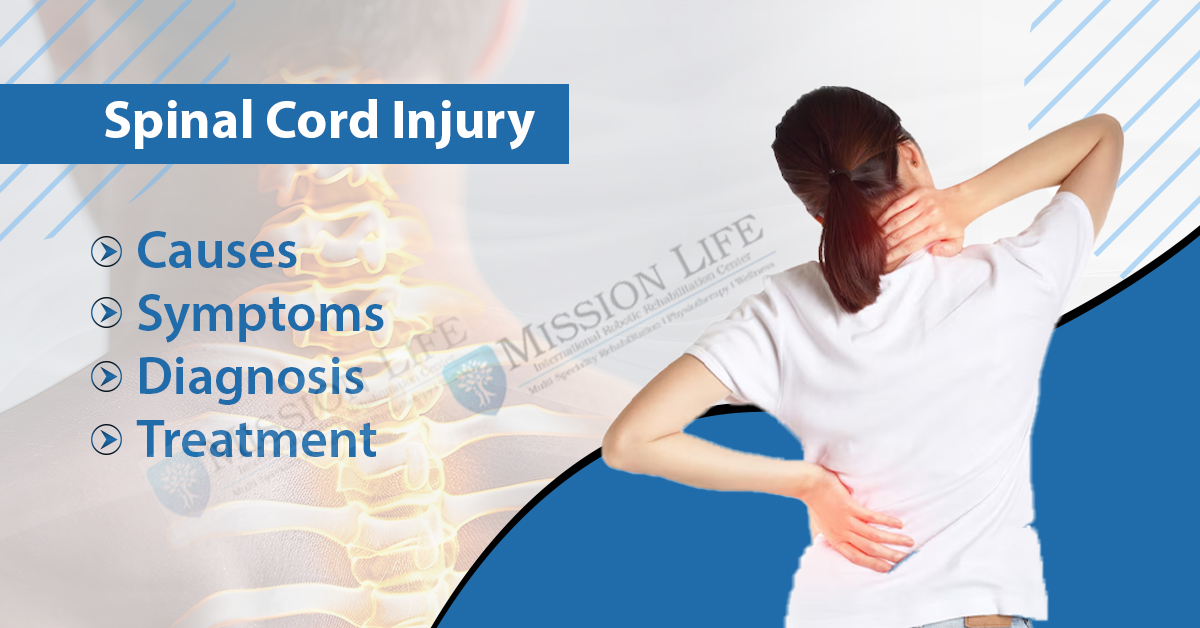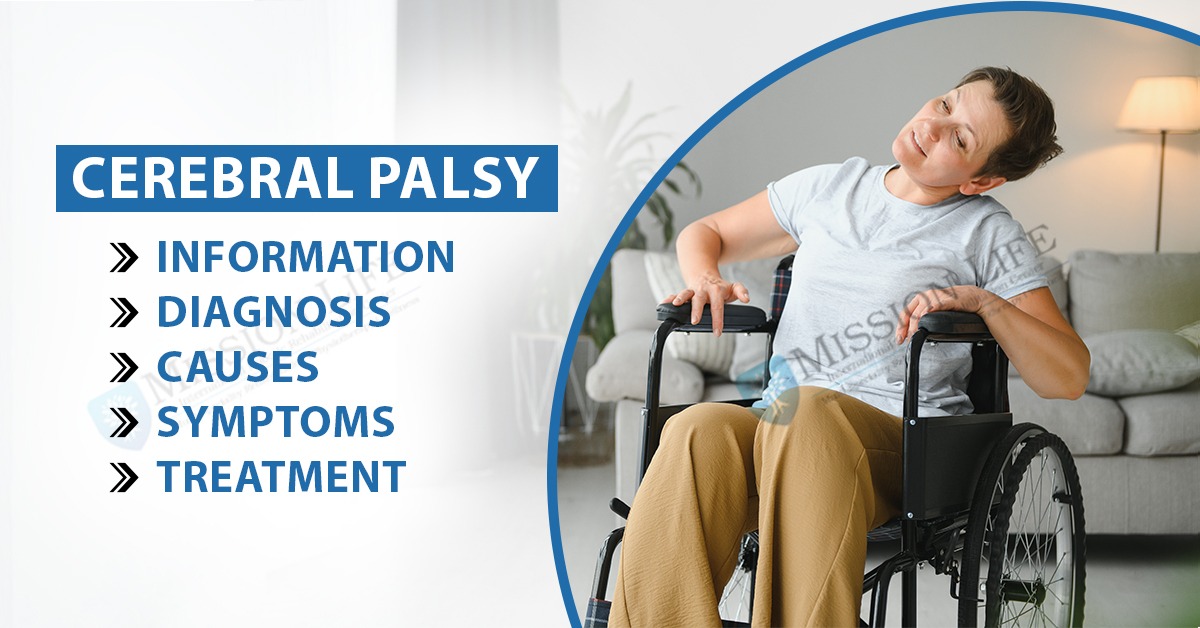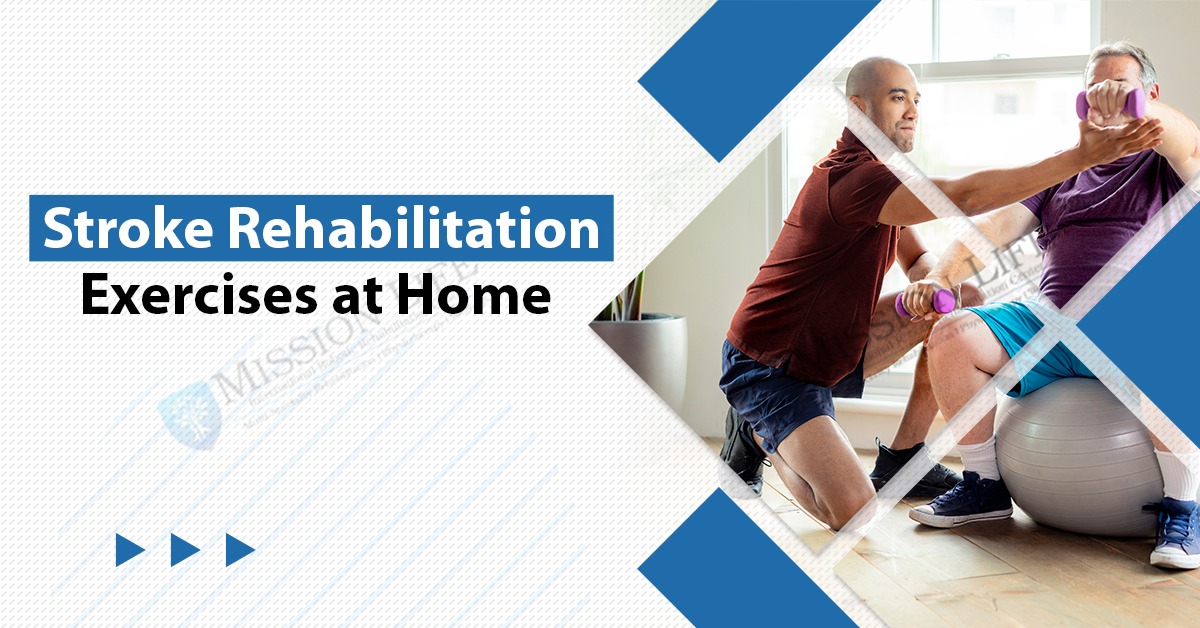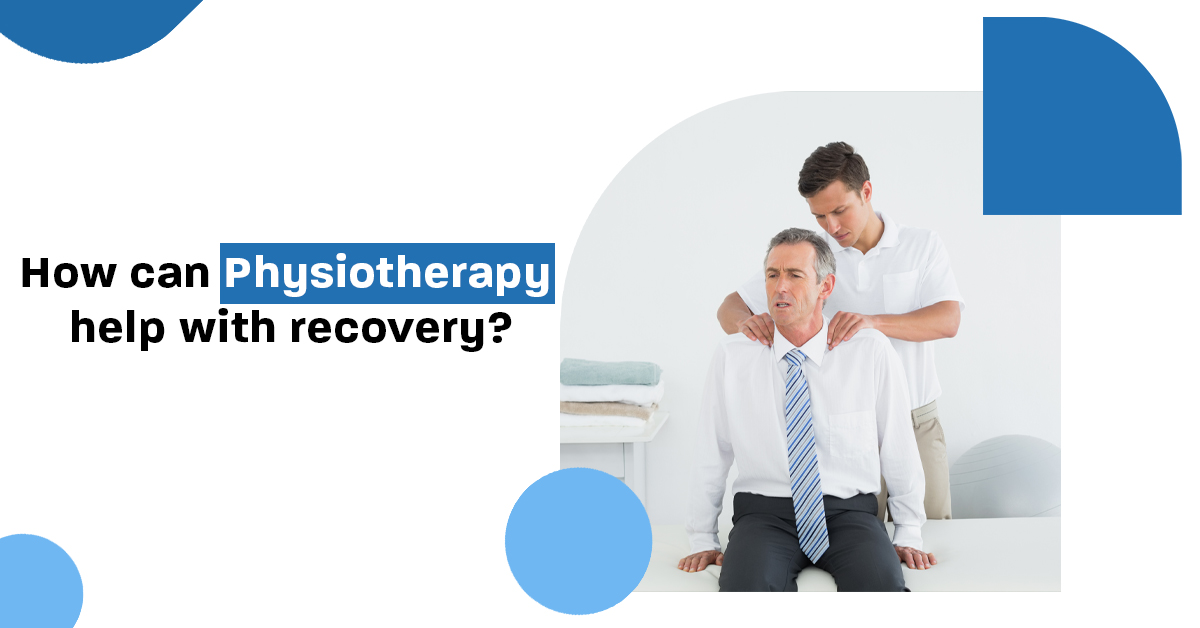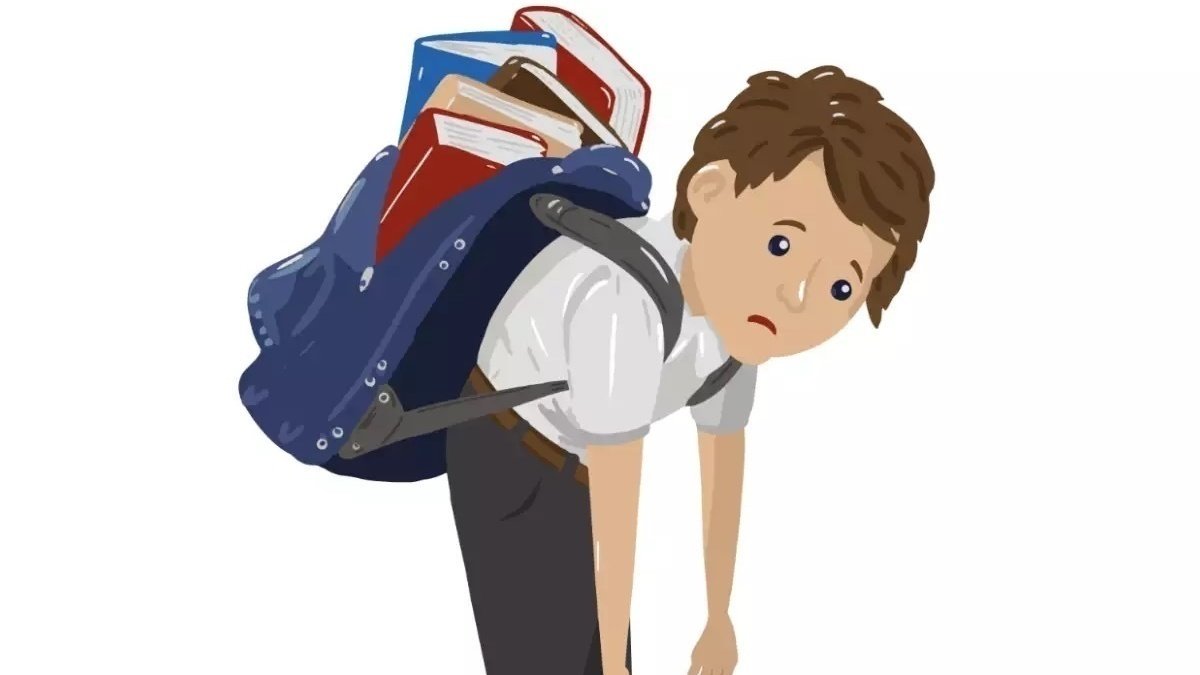
The Burden of Education- Back Pain Due to School Bags
Education today has become part and parcel of our lives. What matters in present scenario is quality education, that is the reason schools and colleges have formatted syllabus in such a manner, that students can gain more knowledge in less time. Also there is a limitation in the timings of school, so maximum syllabus has to be covered within those timings. Thus the child has to carry more books to school daily which in turn leads to more load carrying problems. Most of the Indian schools do not provide lockers to the students, because of which student cannot keep any books at school and has to carry all the books along with him in school bag. Because of the curriculum the load carried by the child cannot be reduced, also we cannot decrease the load carrying time. Thus, the only solution to reduce the risk of load carrying problems could be a proper design of the backpack, which can cause minimal changes in the normal posture of the student.
Backpack use is an appropriate way for carrying loads on the spine, closely and symmetrically, while maintaining stability. The daily physical stresses associated with carrying backpacks cause significant forward lean of the head and trunk. However musculoskeletal problems associated with backpack use have become of increasing concern. Recent studies confirmed high prevalence rate (10% to 40% depending upon back pain definition and age) of back pain among adolescent in many countries like New Zealand, United Kingdom, India, Italy, America, Finland, and Switzerland. There are also few reports of other problems associated with backpack i.e. functional scoliosis, rucksack palsy and reduced lung function.
When the backpack load is positioned rear to the body, the center of gravity shifts back, over the base of the support i.e the area covered by the feet. This shift is accomplished by either leaning forward at the ankle or hip or inclining the head and the rigidity of postural muscles controlling these adjustments increase to support the load.
These alterations can lead to back pain and injury by stressing ligaments or muscles in the back or by changing the forces applied to the intervertebral discs. As the individuals fatigue and these changes become more pronounced, there is potential for the risk of injury to the load carrier. The study done by other researchers proves that carrying backpack can lead to forward head position. These changes in alignment of the neck can produce strain of cervical joints and soft tissue as well as imbalanced muscle performances. This can cause pain in cervical, upper thoracic and shoulder region.
Very few studies have been done to compare the effect of different types of school backpacks on the posture of school children. Also, no such study has been done on Indian students. As a matter of fact, the economical and curricular scenario of our country is very different from west. Thus, there is a need to do such study in our country. Infact we should aim to find out the appropriate type of school backpack to minimize the problems of today’s children as they are the future of the tomorrow’s world.
Overloaded book bags aren't only responsible for back injuries, although that is the main concern but heavy book bags have also been found to cause neck pain, shoulder strain, headaches and a general exhaustion. Book bags that weigh too much may also be to blame for some ankle injuries as they cause their carriers to walk improperly under their oppressive weight. Backpacks can cause pain in the head, neck or face, as well as the hands, the wrists, the elbows, the shoulders, the feet and the ankles. A badly worn backpack can change posture and gait when walking and this compounds the problems.
Too much load on the body changes static and dynamic posture as the body tries to overcome the posterior shift in the center of mass.
According to the American Occupational Therapy Association heavy backpack worn over one shoulder might cause your child to lean to one side, causing his spine to curve and causing him pain. He can prevent spine curvature, and rounded shoulders, by using both straps and distributing the weight of his backpack evenly across both shoulders. A study was conducted to assess the prevalence of back pain among school children due to carrying heavy backpacks. Repetitive loading on the spine is known to be a risk factor for lower back pain. The researcher investigated the weight of backpacks carried by 237 children aged between 11-12 years from a school in Milan, Italy, for 3 weeks. The median average load that the children carried was 9·3 kg, and ranging up to 16·3 kg. No limits for the weight of backpacks in schools have been established, but these weights are beyond the allowed load limits for adults. Rates of lower back pain in children are increasing, and these results suggest that a reduction in backpack weight is advisable.
Problems Backpacks Can Pose
Many things can lead to back pain — like playing sports or exercising a lot, poor posture while sitting, and long periods of inactivity. But some kids have backaches because they're lugging around their entire locker's worth of books, school supplies, and personal items all day long.
Doctors and physical therapists recommend that kids carry no more than 10% to 15% of their body weight in their packs. But many carry a lot more than that. When a heavy backpack is incorrectly placed on the shoulders, the weight's force can pull a child backward. To compensate, the child might bend forward at the hips or arch the back. This can make the spine compress unnaturally, leading to shoulder, neck, and back pain.
Kids who wear their backpacks over just one shoulder — as many do, because they think it looks better or just feels easier — may end up leaning to one side to offset the extra weight. They might develop lower and upper back pain and strain their shoulders and neck.
You Can Also Read:- Cerebral Palsy: Information, Diagnosis, Causes, Symptoms & Treatment
Improper backpack use can also lead to bad posture. Girls and younger kids may be especially at risk for backpack-related injuries because they're smaller and may carry loads that are heavier in proportion to their body weight.
Also, backpacks with tight, narrow straps that dig into the shoulders can interfere with circulation and nerves. These types of straps can lead to tingling, numbness, and weakness in the arms and hands.
And bulky or heavy backpacks don't just cause back injuries. Other safety issues to consider:
Kids who carry large packs often aren't aware of how much space the packs take up and can hit others with their packs when turning around or moving through tight spaces, such as the aisles of a school bus.
Students can be injured if they trip over large packs or a pack falls on them.
Carrying a heavy pack changes the way kids walk and puts them at risk of falling, particularly on stairs or other places where a backpack puts a student off balance.
Finding a Safe Pack
Despite their potential problems, backpacks are great when used properly. Before you buy one, though, consider a backpack's construction.
Look for the following to choose the right backpack:
- A Lightweight Pack: get one that doesn't add a lot of weight to your child's load; for example, leather packs look cool, but they weigh more than canvas backpacks
- Two wide, padded shoulder straps: straps that are too narrow can dig into shoulders
- A Padded Back: it not only provides increased comfort, but also protects kids from being poked by sharp objects or edges (pencils, rulers, notebooks, etc.) inside the pack
- A Waist Belt: this helps to distribute the weight more evenly across the body
- Multiple Compartments: to help distribute the weight throughout the pack
Although packs on wheels (which look like small, overhead luggage bags) may be good options for students who have to lug around really heavy loads, they're very hard to pull up stairs and to roll through snow. Check with the school before buying a rolling pack; many don't allow them because they can be a tripping hazard in the hallways.
Using Backpacks Wisely
To help kids prevent injury when using a backpack:
- Lighten the load. No matter how well-designed the backpack, less weight is always better. Use the bathroom scale to check that a pack isn't over 10% to 15% of your child's body weight (for example, the backpack of a child who weighs 80 pounds shouldn't weigh more than 8 to 12 pounds).
- Use and pick up the backpack properly. Make sure kids use both shoulder straps. Bags that are slung over the shoulder or across the chest — or that only have one strap — aren't as effective at distributing the weight as bags with two wide shoulder straps, and therefore may strain muscles. Also tighten the straps enough for the backpack to fit closely to the body. The pack should rest evenly in the middle of the back and not sag down to the buttocks.
What Kids Can Do?
A lot of the responsibility for packing lightly — and safely — rests with kids:
- Encourage kids to use their locker or desk often throughout the day instead of carrying the entire day's worth of books in the backpack.
- Make sure kids don't tote unnecessary items — laptops, cellphones, and video games can add extra pounds to a pack.
- Encourage kids to bring home only the books needed for homework or studying each night.
- Ask about homework planning. A heavier pack on Fridays might mean that a child is delaying homework until the weekend, making for an unnecessarily heavy backpack.
- Picking up the backpack the right way can help kids avoid back injuries. As with any heavy weight, they should bend at the knees and grab the pack with both hands when lifting a backpack to the shoulders.
- Use all of the backpack's compartments, putting heavier items, such as textbooks, closest to the center of the back.
What Parents Can Do?
Involving other parents and your child's school in solving students' backpack burdens might help to lessen kids' loads. Some ways the school can get involved include:
- Giving students more time between classes to use lockers
- Using paperback books
- Adding school education programs about safe backpack use
- Putting some curriculum on the school's website, when possible
You may need to adjust your kids' backpacks and/or reduce how much they carry if they:
- Struggle to get the backpack on or off
- Have back pain
- Lean forward to carry the backpack

